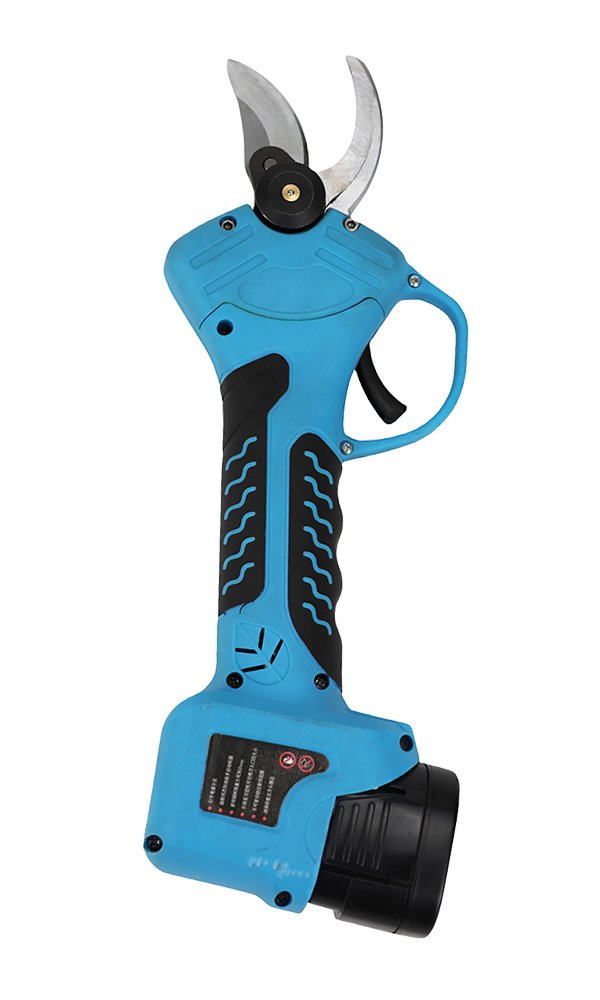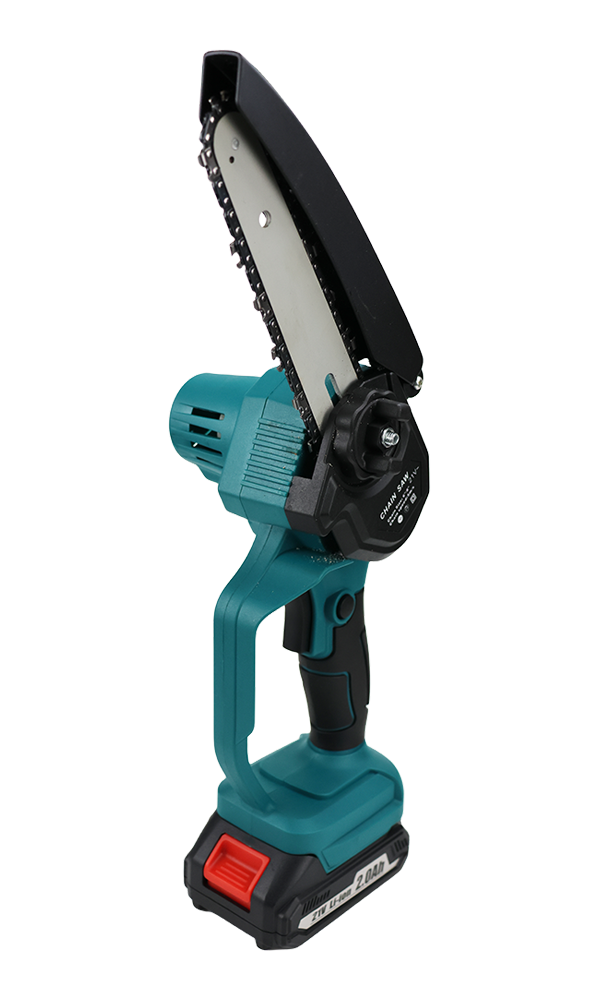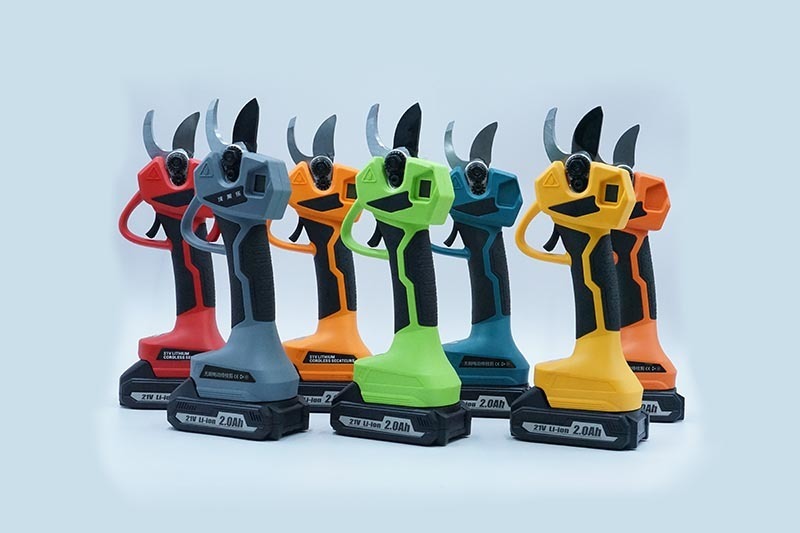NEWS
May 15,2025
Unlocking the Secrets of Successful Orchard Pruning with Long-handled Tools
Unlocking the Secrets of Successful Orchard Pruning with Long-handled Tools
Table of Contents
1. Introduction to Orchard Pruning
2. Why Pruning is Essential for Orchard Health
3. Understanding Long-handled Tools for Pruning
3.1 Types of Long-handled Pruning Tools
3.2 Benefits of Using Long-handled Tools
4. The Science of Pruning: Best Practices
4.1 When to Prune Your Orchard Trees
4.2 Techniques for Effective Pruning
5. Step-by-Step Guide to Using Long-handled Pruning Tools
5.1 Preparing Your Tools
5.2 Proper Pruning Techniques with Long-handled Tools
6. Maintaining Your Long-handled Pruning Tools
7. Common Mistakes in Orchard Pruning and How to Avoid Them
8. Frequently Asked Questions (FAQs)
9. Conclusion: Achieving Orchard Success through Proper Pruning
1. Introduction to Orchard Pruning
Pruning is a critical practice in the world of horticulture, especially when it comes to orchards. By removing specific parts of a tree, we can significantly influence its health, shape, and productivity. This article delves into the intricacies of orchard pruning, specifically focusing on the advantages and techniques of using long-handled tools.
2. Why Pruning is Essential for Orchard Health
Pruning serves multiple purposes in orchard management. Firstly, it promotes healthy growth by removing dead or diseased branches, which can harbor pests and diseases. Secondly, strategic pruning enhances light penetration and air circulation within the canopy, thus improving overall fruit quality. Additionally, pruning helps in shaping the tree and maintaining an optimal size, making it easier to harvest fruit.
3. Understanding Long-handled Tools for Pruning
Choosing the right tools is vital for effective pruning. Long-handled tools are particularly beneficial for reaching higher branches without the need for ladders.
3.1 Types of Long-handled Pruning Tools
There are several types of long-handled pruning tools available, including:
- **Long-handled loppers:** Ideal for cutting thicker branches, these tools provide leverage, allowing users to exert more force without putting excessive strain on their arms.
- **Pole saws:** These tools combine a saw with a long pole, making it easy to trim high branches that are otherwise unreachable.
- **Pruning shears:** These are essential for cutting small branches and can be used effectively with extensions to reach higher areas.
3.2 Benefits of Using Long-handled Tools
The advantages of long-handled tools cannot be overstated:
- **Accessibility:** They allow you to reach higher branches without needing a ladder, reducing the risk of falls and injuries.
- **Efficiency:** Long-handled tools enable you to prune more efficiently, covering a larger area in less time.
- **Reduced Strain:** The design of these tools typically emphasizes ergonomics, reducing fatigue during prolonged use.
4. The Science of Pruning: Best Practices
Understanding the science behind pruning is crucial for achieving optimal results. This section outlines best practices to follow.
4.1 When to Prune Your Orchard Trees
Timing is everything in pruning. Most fruit trees benefit from pruning during the late winter or early spring months, just before new growth begins. This timing allows trees to heal quickly and reduces the risk of disease transmission.
4.2 Techniques for Effective Pruning
Implementing the right techniques is vital. Here are some effective methods:
- **Thinning cuts:** These remove entire branches back to the main stem, allowing for improved air circulation and light exposure.
- **Heading cuts:** These involve cutting back the tip of a branch, encouraging bushier growth and more lateral branches.
- **Reduction cuts:** These cuts shorten a branch to a lateral branch, which helps maintain the tree's shape while promoting new growth.
5. Step-by-Step Guide to Using Long-handled Pruning Tools
Utilizing long-handled tools effectively requires a systematic approach.
5.1 Preparing Your Tools
Before you begin, ensure your tools are clean and sharp. This not only makes the job easier but also prevents the spread of disease between trees.
5.2 Proper Pruning Techniques with Long-handled Tools
Follow these steps when pruning with long-handled tools:
1. **Assess the Tree:** Identify which branches need to be removed based on their health and position.
2. **Position Your Tools:** Extend your long-handled tool to reach the target branch, ensuring a stable stance.
3. **Make the Cut:** Use smooth, controlled motions. For thicker branches, allow the tool to do the work without forcing the cut.
4. **Inspect the Area:** After pruning, inspect the remaining branches to ensure that the tree maintains a balanced shape.
6. Maintaining Your Long-handled Pruning Tools
Proper maintenance of your long-handled tools is essential for longevity and performance. Clean tools after each use, oil moving parts, and sharpen blades regularly to ensure clean cuts.
7. Common Mistakes in Orchard Pruning and How to Avoid Them
Even seasoned gardeners can make mistakes. Here are common pitfalls to watch for:
- **Over-pruning:** Removing too many branches can lead to stress and reduced fruit yield. Always prune conservatively.
- **Wrong Timing:** Pruning at the wrong time can damage the tree. Stick to the appropriate seasonal guidelines.
- **Neglecting Maintenance:** Failing to maintain tools can lead to poor cuts and increased risk of disease.
8. Frequently Asked Questions (FAQs)
**Q1: How often should I prune my orchard trees?**
A1: Most fruit trees benefit from annual pruning, typically in late winter or early spring.
**Q2: Can I prune my trees in the summer?**
A2: While it is possible, summer pruning is generally discouraged as it can lead to excessive sap loss and stress on the tree.
**Q3: What tools do I need for effective orchard pruning?**
A3: A combination of long-handled loppers, pole saws, and pruning shears will cover most pruning needs.
**Q4: Is it necessary to seal pruning cuts?**
A4: In most cases, it's best to leave cuts unsealed to allow the tree to heal naturally. However, in certain cases of large wounds, a sealant may be beneficial.
**Q5: How do I know which branches to remove?**
A5: Focus on dead, diseased, or crossing branches, and aim to maintain a balanced shape for optimal growth.
9. Conclusion: Achieving Orchard Success through Proper Pruning
Effective orchard pruning is an art that requires knowledge, patience, and the right tools. By utilizing long-handled tools, orchardists can maximize their pruning efforts while minimizing strain and risk. Regular, thoughtful pruning not only enhances the health and appearance of your trees but also significantly boosts fruit production. By understanding the science behind pruning and following the best practices outlined in this guide, you will position your orchard for long-term success and abundance.
Latest News
Mar 13,2024






